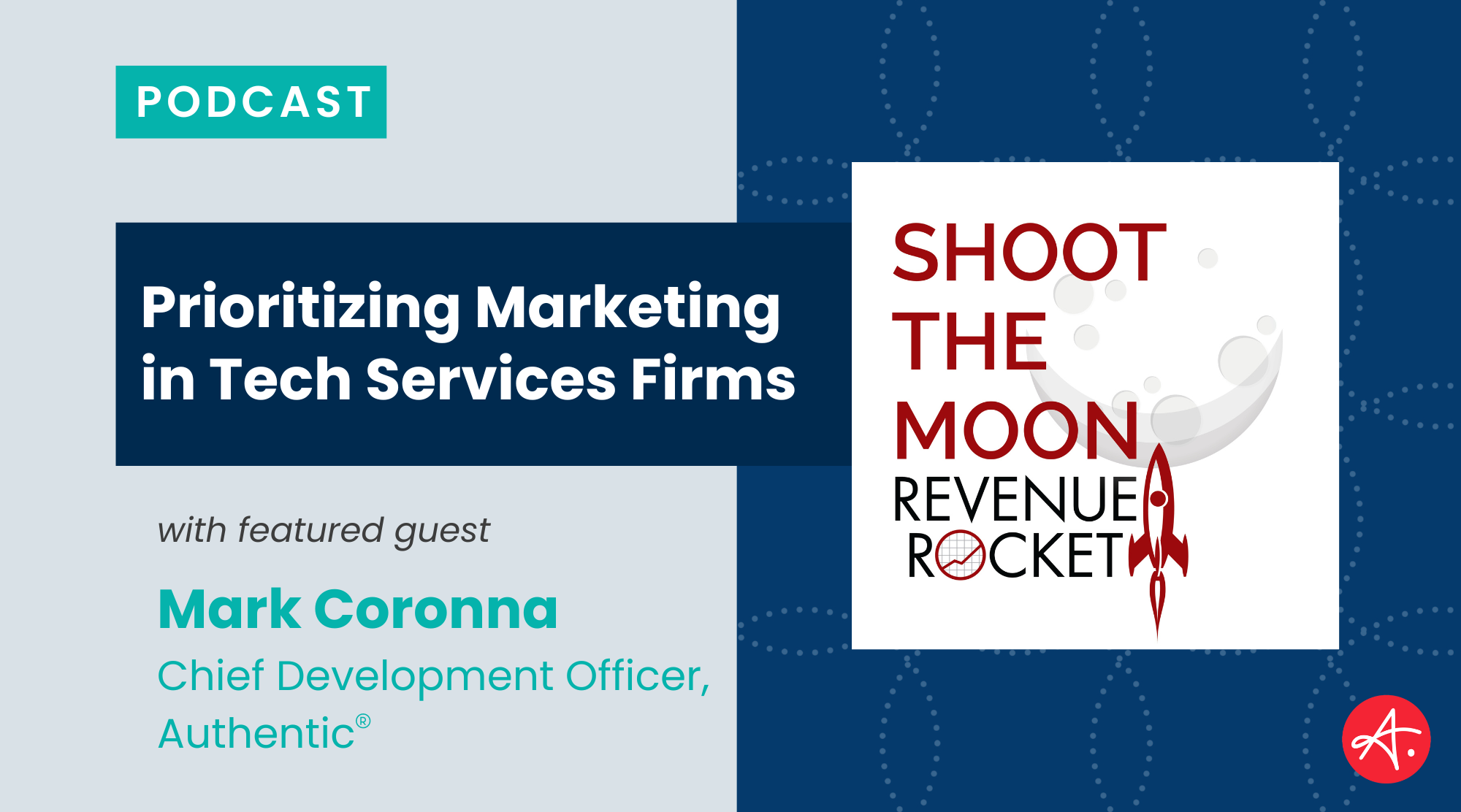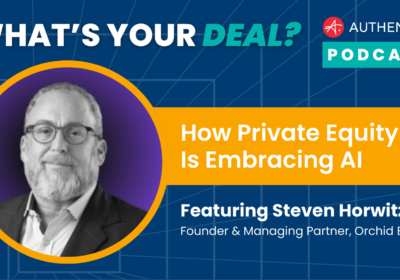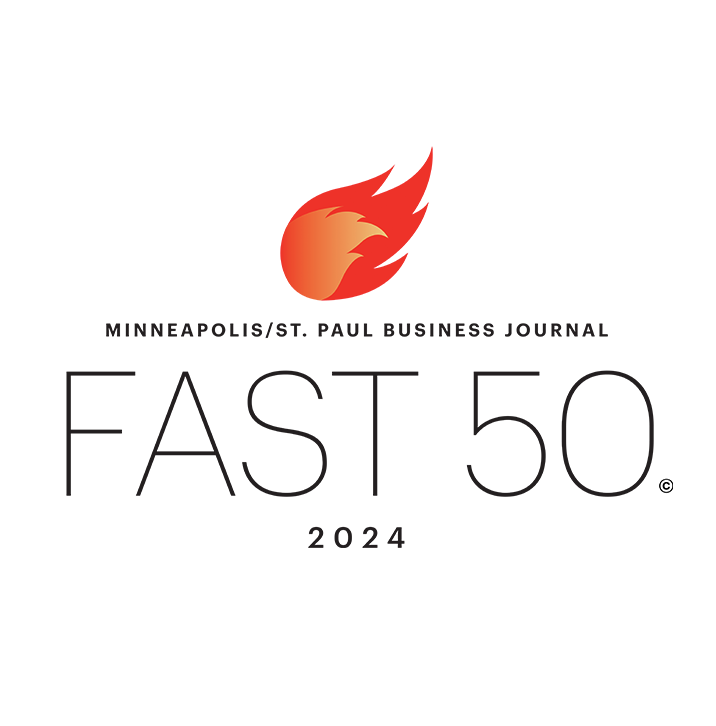Prioritizing Marketing in Tech Services Firms
Mark Coronna, Authentic’s Chief Development Officer was recently featured on the “Shoot the Moon” Revenue Rocket podcast with Mike Harvath and Ryan Barnett.

In this episode, Mark discusses the importance of marketing for tech services companies, focusing on prioritizing marketing, creating a unique value proposition, and investing in growth strategies. Listen below to learn about the benefits of fractional marketing leadership and the critical role that marketing plays in driving long-term growth and valuation for midsize businesses.








